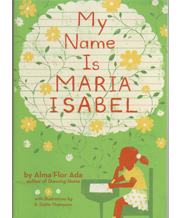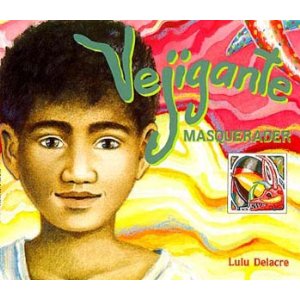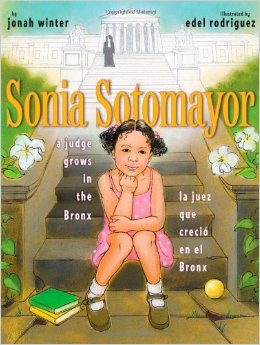
.
.My name is Gladys.
I am Puerto Rican.
I live in Philadelphia.
I am Latina.
Questions to Initiate and Guide the Creative Reading Dialogue

Descriptive Phase
What is a quinceañera party? Has anyone you known had a quinceañera party?
Why didn’t Gladys want an expensive party?
What did she want for her quinceañera?
Personal Interpretive Phase
What would be the best way to celebrate your birthday?
The best birthday present ever for you?
Critical/Multicultural/Anti-Bias Phase
What makes birthdays important?
Are parties the only way to celebrate birthdays? Can you think of other ways of making a birthday special?
Creative/ Transformative Phase
What is something special you could do for people you care for in their birthday?
What are gifts you can give that can’t be bought?
Activities Students Can Do Individually or in Groups
Invite students to brainstorm about different ways of making a birthday, or any other holiday, special without having to spend much money.
Have students research Puerto Rico. They can draw a map and indicate the major cities of the island.
Encourage students to make an ABC book about Puerto Rico. You can see examples of ABC books done by teachers and students in: www.authorsintheclassroom.com
Specifically at: http://authorsintheclassroom.com/4-building-communities-alphabet-books/
Facilitate that students write a list of Puerto Ricans, or people with Puerto Rican ancestry, that have contributed in science, art, music, literature, etc. They can make a collage with portraits of these individuals.
Have each of the students select one of these characters and then write the persons’ autobiography, that is, tell the life of the character in first person. When they share with the class their “autobiography” they can dress as the character or hold appropriate props.
A Creative Writing Transformative Education Activity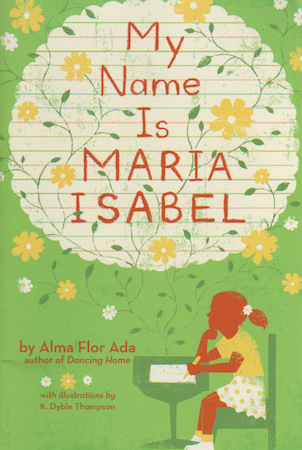
Invite students to create a book of I Can.
The preparation for this activity is an enriching process which you may want to continue during the whole year.
To get started, ask students to write everyday something they can do.
Then share with them what you have written you can do.
Each day have them review what they have written on previous days and then write something as different
as possible of what they first wrote. Have students volunteer to share what they wrote, always asking that the
following student would have something different to say.
Share your own daily I Can reflection.
Usually, the students will begin to list physical actions: I can run, I can jump, I can throw a ball, I can swim…
As they hear the things you will have written, which probably would be of the nature of: I can listen attentively to others, I can try to understand where others come from, I can be patient, I can learn something new each day, I can create time for my own dreams… they usually will be able to move beyond physical actions to understand the enormous power that each of us has to become a better person each day.
Remember that the strength of this activity will depend on your authenticity in sharing.
Each “I can” sentence or paragraph that you, and your students, write can become one page of the book I Can.
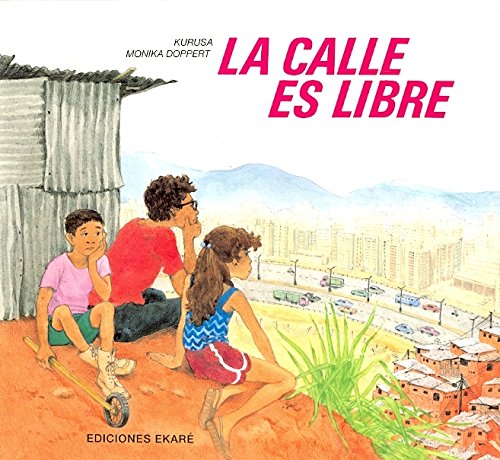 As you develop the theme I can you may want to share with your students the inspiring book La calle es libre by Kurusa
As you develop the theme I can you may want to share with your students the inspiring book La calle es libre by Kurusa
Monika Doppert. This story inspired in a real life experience is an excellent example of what a group of children
were able to achieve in a very deprived neighborhood in Venezuela
To find the principles of Transformative Education and the Authors in the Classroom Process go to:
www.authorsintheclassroom.com
Specifically to see examples of I Can books written by teachers and students you can go to:
http://authorsintheclassroom.com/7-discovering-our-capacities-and-strengths-i-can-books/
Related Books Grades 2-4
.
Related Books Grades 4-8
.

